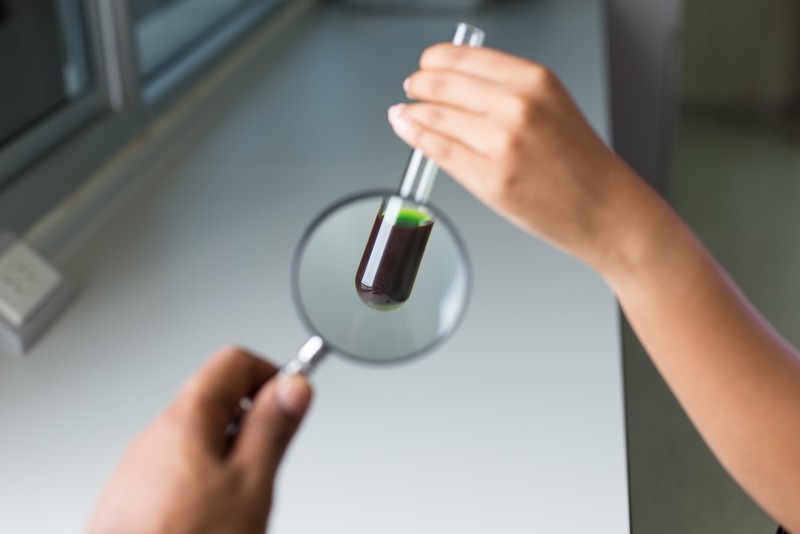Georgia Tech Inventors have developed a purification technique that combines and yields the benefits of solid-phase reactors and liquid-phase chromatographic separators in a streamline, efficient process. The process integrates counter-current reactions in a solid-phase and chromatographic systems. The novel aspect of the invention is the process design which integrates solid-phase reactors with chromatographic separators that are packed with an ion exchange resin, and that will proceed in a single unit operation.
- Provides a streamline single unit operation for handling solid-phase reactors and chromatographic separators
- Improves the effectiveness of reaction-separation processes for solid-phase reactants
- Efficient and recycles the homogeneous catalyst
- Environmentally-friendly as it enables glucose recovery without the use of toxic materials
The invention has application to solid-phase reactants, such as hydrolysis of cellulosic biomass for glucose recovery. The process enables glucose recovery without the use of toxic materials and with recycling of the homogeneous catalyst. The invention addresses the challenge in the acid hydrolysis of cellulosic materials where conditions can degrade product sugars and inhibit the growth of fermentation organisms.
- Potential to lower the cost of pre-treating biomass for use in fermentation processes
Solid-phase purification systems use solid particles and chromatographic packing material, usually contained in a cartridge type device, to chemically separate the different components of a sample. Liquid chromatography systems are used to separate a sample into its individual parts based on the interactions of the sample with the mobile and stationary phases of the system. It is effective because different components within a mixture are attracted to the adsorbent surface of the stationary phase with varying degrees depending on each components polarity and its unique structural characteristics, and also its interaction with the mobile phase. Both separation systems are used in life-science, pharmaceutical, chemical, and food industries.

